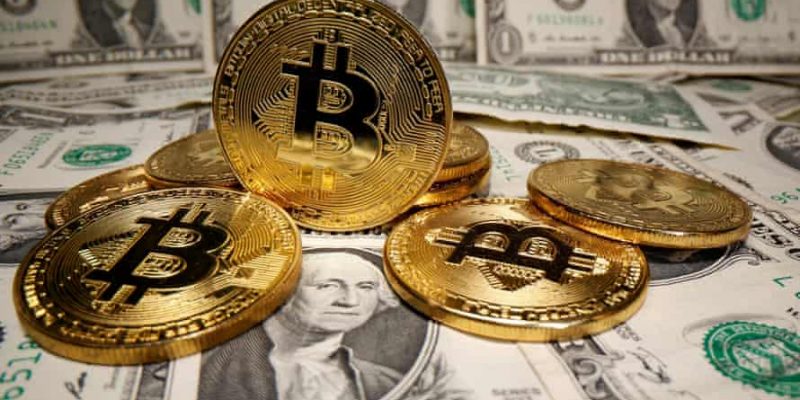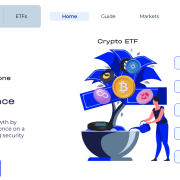Big whales, small fish: According to data from Glassnode, the Bitcoin supply is more widely distributed than assumed. About whales and crabs.
Anyone who enjoyed learning about Bitcoin in the early days had the opportunity to accumulate BTC at low prices. The question of fairness often arises. Is it a problem if a few Hodlers keep a large piece of the pie? And how is the Bitcoin supply distributed? A look behind the scenes of the blockchain provides information.
Lurid headlines like this miss the truth. Contrary to what Bloomberg has shown, 95 percent of the BTC supply does not come from just 2 accounts. In truth, Bitcoin is much more widely distributed.
If you refer to the BTC stored on the various addresses, for example, the picture is very distorted. After all, Bitcoin exchanges, for example, store immense amounts of digital gold in a few addresses. To claim that this wealth belongs to individual actors is simply wrong. Exchanges have millions of customers whose BTC assets are bundled in cold storage. If you then only look at the blockchain superficially, it looks as if the entire digital gold treasure is controlled by a single actor. For example, the Binance Cold Wallet ( 34xp4vRoCGJym3xR7yCVPFHoCNxv4Twseo ) controls 143,528.45 BTC with a total value of 8.3 billion US dollars.
If you cluster all Bitcoin addresses using statistical methods and combine them so that they can be assigned to individual users, a completely different picture emerges, according to the onchain analysis service Glassnode. In truth, the supply is much more widely diversified than market observers like Bloomberg say. According to this, whales “only” control 31 percent of the amount of Bitcoin in circulation. As a whale, Glassnode defines entities that hold more than 1,000 BTC. Since the data specialists did not take Exchanges and Miners into account in their study, institutional investors such as MicroStrategy, Tesla and Square should be among them.
le than previously thought
It is true that whales still play an undeniably large role in Bitcoin land. The importance of hodlers is increasing, of course.
Smaller entities, each holding up to 50 BTC (Shrimp, Crab, and Octopus) control almost 23 percent of the supply. This shows that there is a significant amount of bitcoins in the hands of retail investors,
it says in the study.
In addition, the number of small fish clearly exceeds that of the large whales. That and the fact that the tendency towards a broader distribution is steadily increasing shows the potential market power of hodlers.
Because while the amount of Bitcoin held in the crabs and shrimp cluster has increased by 130 percent since 2017, whales have reduced their BTC position by up to 7 percent over the same period. Check more crypto technical analysis.
The whole thing is bullish for Bitcoin above all because small investors in the Bitcoin market are known to display a Hodl mentality. The more shrimp, crabs and octopuses hold Bitcoin, the better.
Further evidence from JPMorgan goes in a similar direction. As we have already reported at this point , the whales have apparently already eaten their fill, while the hunger of smaller sea creatures continues. According to an analysis by the bank, retail investors have absorbed 187,000 BTC in the first quarter of 2021. In contrast, there are “only” 173,000 BTC from institutional investors. One of the reasons for the growing interest is likely to be the stimulus checks in the United States.











Comments